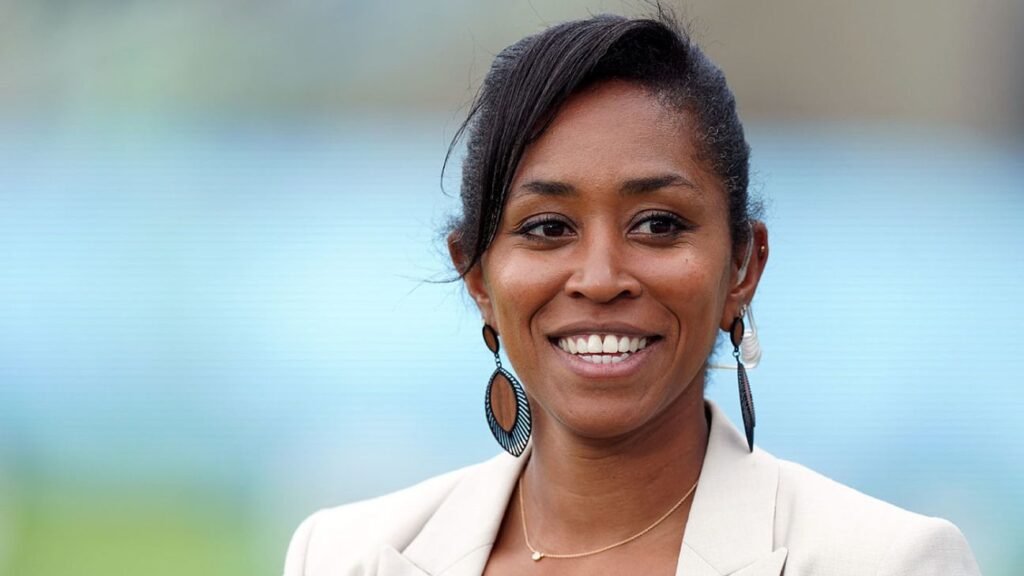Speaking at the launch of a new strategy, ‘Road to Representation’, which seeks to bring ten cricketers through the programme and into the professional game by 2030, Rainford-Brent said that the tone of cricket’s conversation about race had been transformed in the four years since the ACE programme was founded in response to a 75 percent decline in Black British professional players.
“I’ve gone from hopeless five years ago, in terms of people recognising there are issues around inclusivity within the game, and now I’m really hopeful,” Rainford-Brent said. “I think we’ve recognised the problem and we’re putting in initiatives across the game in response to the ICEC report. But I think it’d be a decade’s worth of real work to say the game has fully changed and opened up.”
After launching at The Oval in January 2020, ACE (which stands for African Caribbean Engagement) has since expanded to five further hubs in Bristol, Birmingham, Manchester, Nottingham and Sheffield. A total of 26,000 young players have been engaged with the programme, of whom 200 are considered ‘elite potential’.
Later this summer, ACE will announce the first recipients of its new Rookie Contracts – fully-funded opportunities for two young players (one male, one female) to develop their careers at first-class counties. And, with 21% of ACE Academy players now graduating into county pathways, Rainford-Brent is optimistic that their target of ten professional players before the end of the decade is attainable.
“The reality is it’s a big, ambitious challenge, but that’s what we’ve been about with ACE over the past five years,” she said. “We’re already seeing that one in five of our talented youngsters are making it through to the talent pathway at junior counties, and some of those were hardly engaged with cricket before, or simply didn’t have the support. So if we keep producing at the rate that we are, we believe it’s possible to see that talent come through.”
The new strategy also aims to accelerate female participation within ACE, with hopes that the current figure (circa 20%) could be closer to a 50-50 split by 2030. To that end, they have launched a new scheme called ‘Blaze Her Trail’, aimed at girls who have already achieved elite-level success in other sports, in particular athletics.
“We realised with the women’s game, the development rate is slower,” Rainford-Brent said. “And we realised we wouldn’t get to representation if we just go through the traditional way. You look at other sports, bobsleigh and rowing do acceleration programmes, so we’ve done the same, and found female sprinters from our target demographics – guns of athletes who have competed at the highest level and are now trying to convert to fast bowlers.”
Rainford-Brent recalled an encounter some years ago with Denise Lewis, the Olympic heptathlete, as part of the inspiration behind the initiative.
“She was someone I idolised growing up, but Denise had never played cricket, although with her javelin background she just knew how to get into position. We don’t know how it will pan out, but a lot of people in the talent pathway have had the same theory. If it comes off, we will have another conversion pipeline in the next few years.”
Andrew Miller is UK editor of ESPNcricinfo. @miller_cricket

